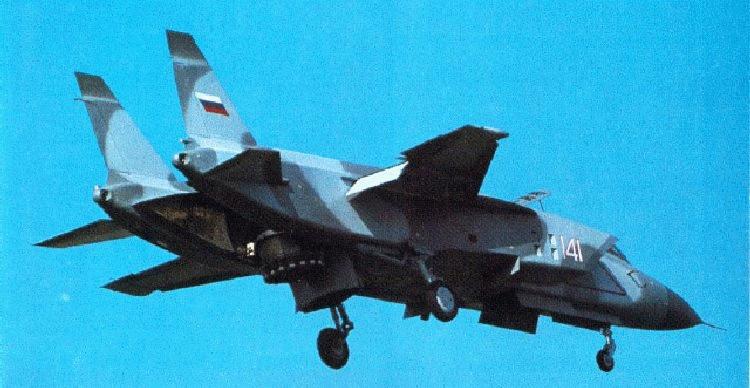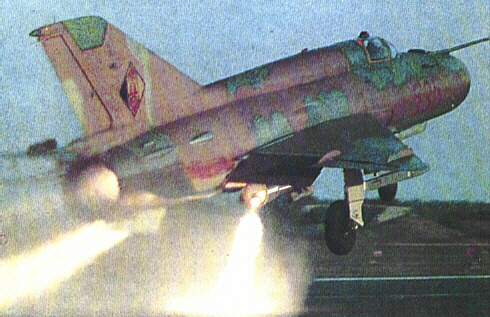بسم الله الرحمن الرحيم
* * *
الـــــــسلام عـلــــــــيكم
* * *
الـــــــسلام عـلــــــــيكم
هذا موضوع للمناقشه من قبل الاعضاء لماذا لاتعتمد روسا على تقنيه الاقلاع العامودي في المقاتلات الروسيه الحديثه

وهل السبب بصراحه هو ضعف الخبره الروسيه ف هذا المجال او قلة الميزانيه المخصصه لها او اعتبار الروس لهذي التقنيه غير ملائمه لتصميم المقاتلات الروسيه او تعتبر شئ كمالي وغير ضروري وقلة الاحتياجات لهذا النظام ولكن نرى ان الاميركان لهم عدة تصاميم لطائرات في هذا المجال مثل الطائره التي تعتمد في سلاح البحريه المريكيه والتي تعتمد على سطح حاملات الطائرات

ولو كان هذا النظام غير ضروري لماذا ختم الامريكان هذا النظام بالرائعه F-35والتي يقول الروس عنها بان مناوراتها ضعيفه

والسؤال الثاني لمذا لم يصنع الروس الى حد الان طائره مقاتله مشابهه الطائره F-117التى تعتمد على تقنيه الزوايا المدروسه لعكس اشعه الرادارات المسلطه عليها بلاضافه الى تقنيه نظام الطلاء الماصص لاشعه الرادارات


وحتى في الطائره الروسيه MIG-FLANKER نلاحظ بان تصميمها مشابه للتصاميم الروسيه السابقه وحتى نظام التخفي فيها يعتمد على نظام الحرب الالكترونية وعلى التشويش


اترك المناقشه لكم
وشكرا














